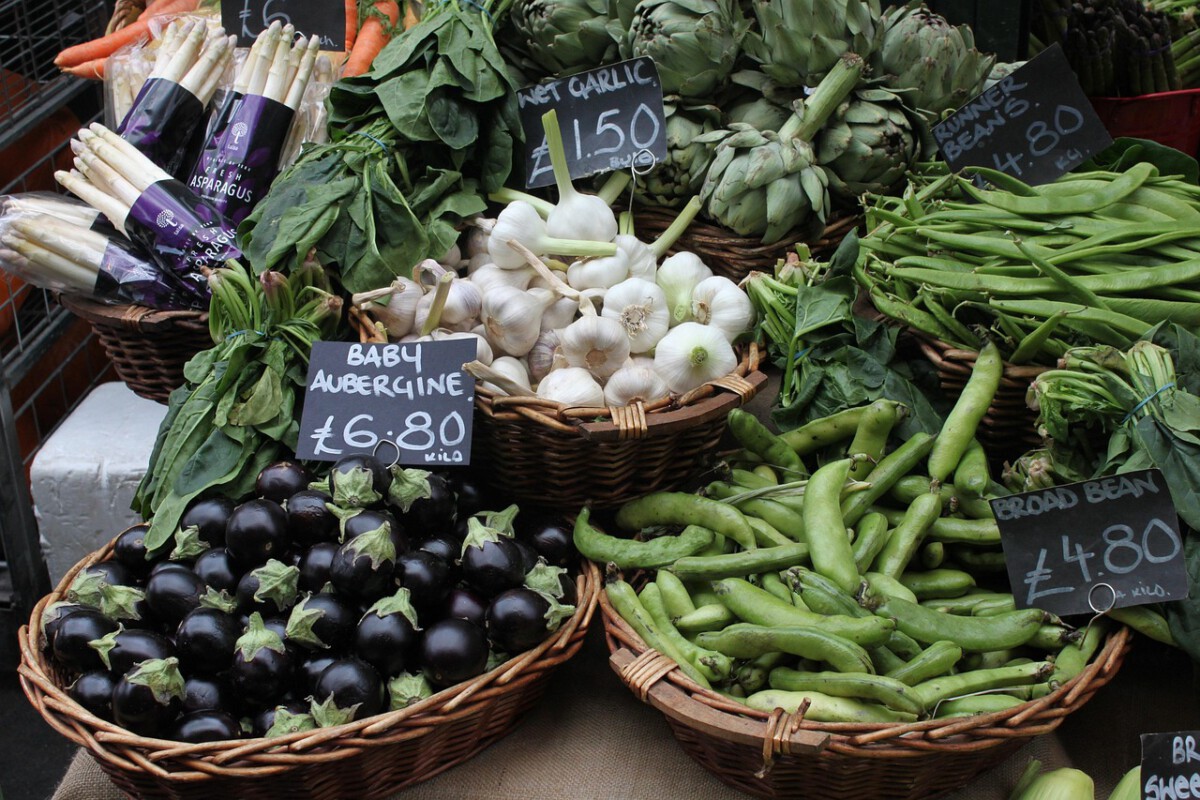The food industry, a cornerstone of any society, is currently grappling with some unexpected challenges. Tariff changes, often seen as dry economic measures, are having surprising and far-reaching effects on food businesses. It’s a world where a simple change in tariffs can ripple through the entire supply chain, impacting prices, sourcing, and consumer choices. As we delve into the top ten tariff-driven changes affecting food business owners today, one can’t help but wonder: How will these shifts redefine the future of our food?
1. Increased Ingredient Costs

Imagine waking up to find that the cost of your morning coffee has doubled overnight. For many food business owners, this is a reality due to rising ingredient costs driven by tariffs. Many businesses depend on imported goods, and when tariffs increase, so do the prices of these essential items. For instance, tariffs on steel and aluminum have led to higher packaging costs, a critical component of food production. This forces businesses to reevaluate their supply chains and explore alternative sourcing strategies to manage expenses effectively. The challenge is not just financial but strategic, as owners must balance quality with cost.
2. Supply Chain Disruptions

The journey of getting food from farm to table is a delicate dance, one that tariffs can easily disrupt. Tariff changes can cause significant delays and uncertainties in the supply chain, making it tough for food businesses to secure timely deliveries of key ingredients. These disruptions can lead to production hiccups and dissatisfied customers. To counter this, many business owners are diversifying their supplier base and turning to local sourcing options. This not only reduces reliance on international suppliers but also adds a layer of resilience to their operations. It’s a game of adapting and evolving to keep the kitchen fires burning.
3. Price Adjustments for Consumers

When ingredient costs rise, businesses often face the difficult decision of passing these costs onto consumers. This can result in higher menu prices, which may deter budget-conscious customers. Finding the right pricing strategy becomes crucial, as owners strive to maintain profit margins without alienating their customer base. Transparent communication about the reasons for price hikes can help maintain trust and loyalty. It’s about creating a narrative that helps consumers understand the why behind the what, ensuring they remain faithful patrons even when prices shift.
4. Changes in Consumer Behavior

Tariff-driven changes are not just influencing businesses but also reshaping consumer behavior. Shoppers are increasingly aware of where their food comes from and are showing a preference for locally sourced products. This shift presents an opportunity for food businesses to highlight the use of local ingredients and promote sustainability. By aligning their offerings with consumer values, businesses can stand out in a crowded market. It’s about telling a story that resonates with the community, one that speaks of local pride and sustainable practices.
5. Increased Competition from Local Producers

As tariffs make imported goods pricier, local producers find themselves in a favorable position. Food business owners may face increased competition from local farms and manufacturers that offer fresher and more affordable options. To stay competitive, businesses should consider collaborating with local suppliers and emphasizing the benefits of supporting local economies. This not only strengthens community ties but also offers a unique selling proposition. It’s a win-win situation where supporting local means thriving together.
6. Regulatory Compliance Challenges

Navigating the maze of tariffs often involves grappling with regulatory compliance issues. Food business owners must stay informed about evolving regulations and ensure their operations adhere to legal requirements. This task can be overwhelming, especially for small businesses with limited resources. Seeking guidance from industry associations or legal experts can provide clarity and prevent potential penalties. It’s about staying one step ahead in the regulatory game, ensuring that compliance doesn’t become a stumbling block.
7. Impact on Export Opportunities

Tariffs can also cast a shadow on a food business’s ability to export products. Increased costs associated with tariffs may make it challenging to compete in international markets. Business owners should assess their export strategies and consider diversifying their product offerings to appeal to different markets. Understanding the global landscape is crucial for seizing new opportunities and expanding reach. It’s about thinking globally while acting locally, ensuring that the world remains an open market for their offerings.
8. Innovation in Product Development

In the face of tariff changes, many food businesses are turning to innovation as a solution. This may involve reformulating recipes to use alternative ingredients that are not subject to tariffs. By embracing innovation, businesses can create unique offerings that attract consumers while managing costs. Staying ahead of trends and consumer preferences is vital for long-term success. It’s about being a trendsetter rather than a follower, ensuring that the menu remains fresh and exciting.
9. Financial Planning and Budgeting

With the uncertainty surrounding tariffs, robust financial planning and budgeting become indispensable. Food business owners must forecast potential cost increases and adjust budgets accordingly. Implementing sound financial management practices can help businesses navigate the challenges posed by tariffs and ensure sustainability. It’s about being financially astute, ensuring that every dollar spent is a step towards growth rather than a gamble.
10. The Importance of Advocacy

Finally, food business owners should consider advocating for policies that support their industry. Engaging with trade associations and participating in discussions about tariff regulations can help shape a more favorable business environment. By working together, food business owners can amplify their voices and influence policy changes that benefit the industry as a whole. It’s about being proactive rather than reactive, ensuring that the industry’s future is shaped by those who know it best.
The food industry is at a crossroads, with tariff-driven changes presenting both challenges and opportunities. By understanding and adapting to these shifts, food business owners can not only survive but thrive in this evolving landscape. The key lies in innovation, collaboration, and advocacy, ensuring that the table is always set for success.








